How can tradition be defined singularly in a country as diverse as Mexico? An exploration of the nuances of Mexican identiy.
As Mexico celebrates its independence each September, the streets in Mexican cities (and some in the U.S.) come alive with vibrant representations of history, honoring the heroes whose courage shaped the nation. A day of national pride is interwoven with symbols like mariachi bands, the Grito de Dolores, street food like pozole and pambazos, tequila, and mezcal—each evoking the richness of Mexican culture and collective memory. However, in this celebration of Mexican identity, the word “tradition” resonates as if only these symbols can designate what it means to be Mexican. “Traditional” carries a sense of bias often presenting a singular version of our diverse history.
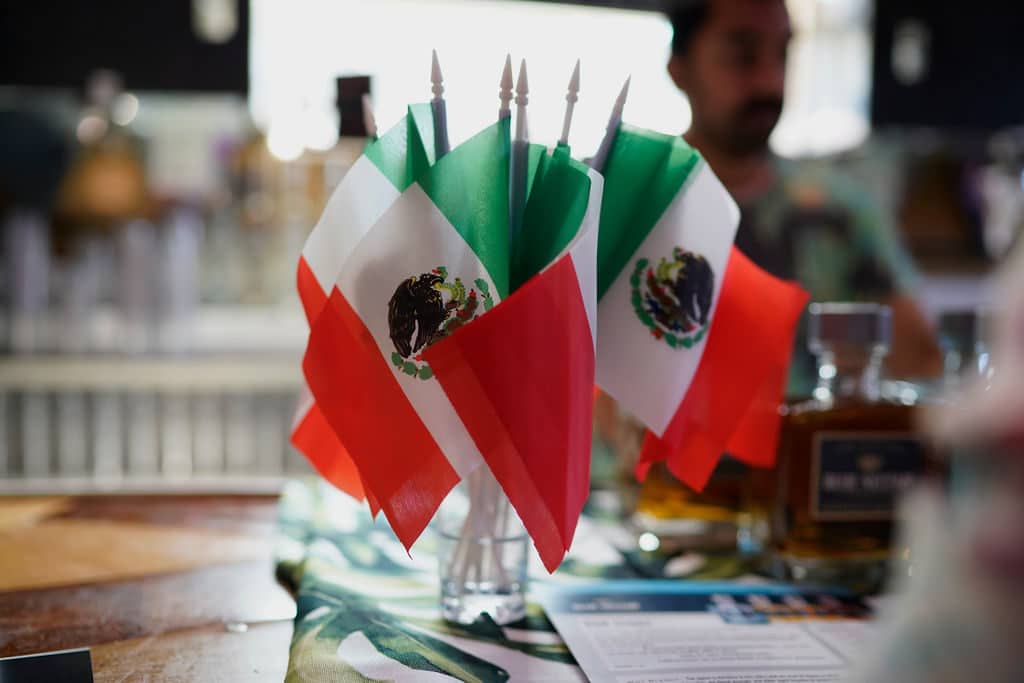
In constructing a nation, a common history is essential for building identity, yet Mexico encompasses a multitude of “Mexicos” within its borders. Traditions frame Mexican identity and are reproduced in nationalism, becoming part of an ideological apparatus—the national discourse. To truly understand what tradition means for the myriad regions that compose the country, we must look beyond these conventional symbols.
This nuanced perspective is particularly relevant when exploring the process of making mezcal and agave distillates, which vary widely across the country’s diverse landscapes and communities. Each production method not only reflects local ingredients and techniques but also embodies the cultural significance attached to mezcal, serving as a medium for storytelling, connection, and celebration. By examining these varied traditions, we can appreciate the richness of Mexican identity, recognizing that the essence of tradition lies in the unique narratives and practices that contribute to our collective heritage.
Mexican Identity and Festivals Celebrating Agave Distillates
This past September, I had the opportunity to attend two important festivals celebrating agave and sotol distillates in CDMX: the First Encuentro de Maestros Sotoleros and the Raíces Ancestrales Festival. Both events took place on different dates and showcased brands from across Mexico, representing a wide range of spirits—from mezcal to sotol, raicilla, bacanora, and even pulque distillates. The participating brands came from various states such as Durango, Chihuahua, Guanajuato, Estado de México, Puebla, Oaxaca, and Hidalgo. Entrance to both festivals was free, allowing attendees to explore the venues and choose which of the rich offerings to enjoy. Each producer charged between 20 to 50 pesos per tasting, making it accessible for everyone to sample a variety of spirits.
Erick Marín, a representative of the Raíces Ancestrales Festival, pointed out that “the festival emphasized familial ties and personal narratives, adding depth to the understanding of agave distillates. Each brand at Raíces Ancestrales is not just a product; it embodies the legacy of generations, their struggles, and their triumphs in preserving their craft.”
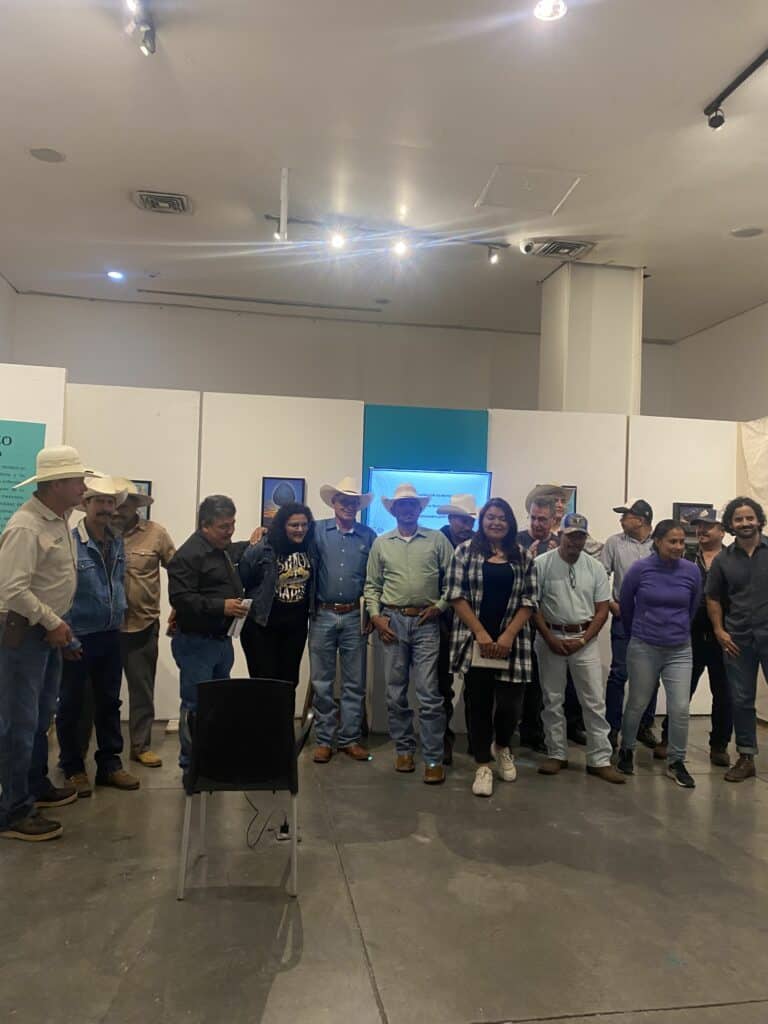
The first Encuentro de Maestros Sotoleros, organized by the National Council of Sotol Makers and Frente Mayahuel, not only celebrated the rich heritage of sotol production but also served as a vital platform for producers to engage in roundtable discussions. Ruth Villalobos, a researcher and specialist in the study of sotol’s cultural heritage, emphasized during her talk the importance of adequately representing the cultural significance of sotol in the NOM. She pointed out that the cultural promotion of sotol has historically been disconnected from its value in community history. For Villalobos, recognizing and protecting this heritage is essential not only for preserving local traditions but also for strengthening the identity of producing communities and ensuring that their cultural legacy is valued in its entirety.
Evolving Definitions of Traditional Mezcal
At these festivals, discussions surrounding the concept of tradition emerged prominently. While the essence of what it means to produce mezcal or agave distillates is steeped in rich cultural practices, many producers shared that their methods have evolved due to economic and social pressures. These adaptations challenge the conventional understanding of tradition, raising questions about how we define “authenticity” in agave distillation. The producers’ insights illuminate the necessity of contextualizing tradition, not as a static definition but as a dynamic aspect that reflects the realities of contemporary life in Mexico’s agave-producing communities.
For instance, Luis Enrique Juárez Ramírez, a fifth-generation mezcal producer of Oaxacan mezcal Gozona from Amatengo, expressed how generational changes have led his family to move away from ancestral methods due to generational issues. Fewer family members were interested in the labor, which requires many hours of work that not everyone was willing to dedicate. He asserted that the various traditions in mezcal production should not be judged as good or bad, as each responds to the needs of the family and community. However, there are indeed good and bad practices as in any other industry.
Gloria García, creator of Santo Llanto from Logoche, Oaxaca, expressed that traditional mezcal comes from communities that continue to use ancestral practices. However, she acknowledged that in her community, modifications have been made, such as using a mechanical shredder (hebradora) to mill the agave, as doing it by hand is labor-intensive. García mentioned they have adjusted their production methods out of necessity for survival and efficiency. They previously distilled only once using a refrescadera but for some it was too strong so in order to produce lower alcohol mezcal, they began double distillation. They have also always used a cordón de perlas to proof, but with the introduction of certifications, NOM regulations and the need to export, they have started using an alcoholmeter more frequently.

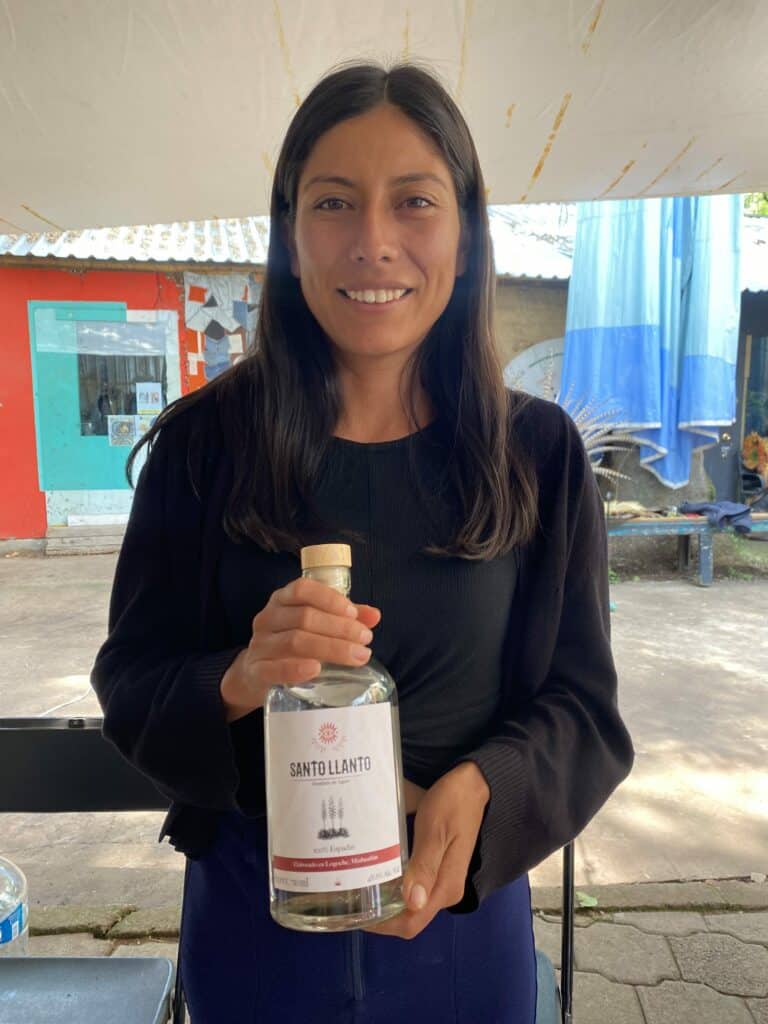
Paloma Rivera, founder of Tianguis Mezcalero, which distributes brands in Mexico such as Don Mateo, Chacolo, and Aguerrido, expressed skepticism about the term “traditional.” She referenced the book The Invention of Tradition by Eric Hobsbawm, which addresses the definition of tradition and how it is created and used by governments and institutions to make sense of a specific circumstance in history. She used tequila as an example. As mentioned at the beginning of this article, tequila has long been entrenched as something traditional and intrinsic to being Mexican or associated with Mexico, but ultimately, this spirit is so monolithic in its reliance on one kind of agave that it reduces the rich diversity of cultures and regions that comprise Mexico.
For Maestra mezcalera Fabiola Torres, producer of Zinacantan Mezcal in Puebla, traditional mezcal is one that respects the production methods of the farmers who craft it, as the flavors derive from the plant and are defined by how it grows in its habitat. She affirmed that tradition is present. However, she also noted that her mezcal is made in a copper still without using a refrescadera, which is the ancestral way in her region. Just a few months ago, they found an ancestral still which is now being restored so it can be used again for distillation.

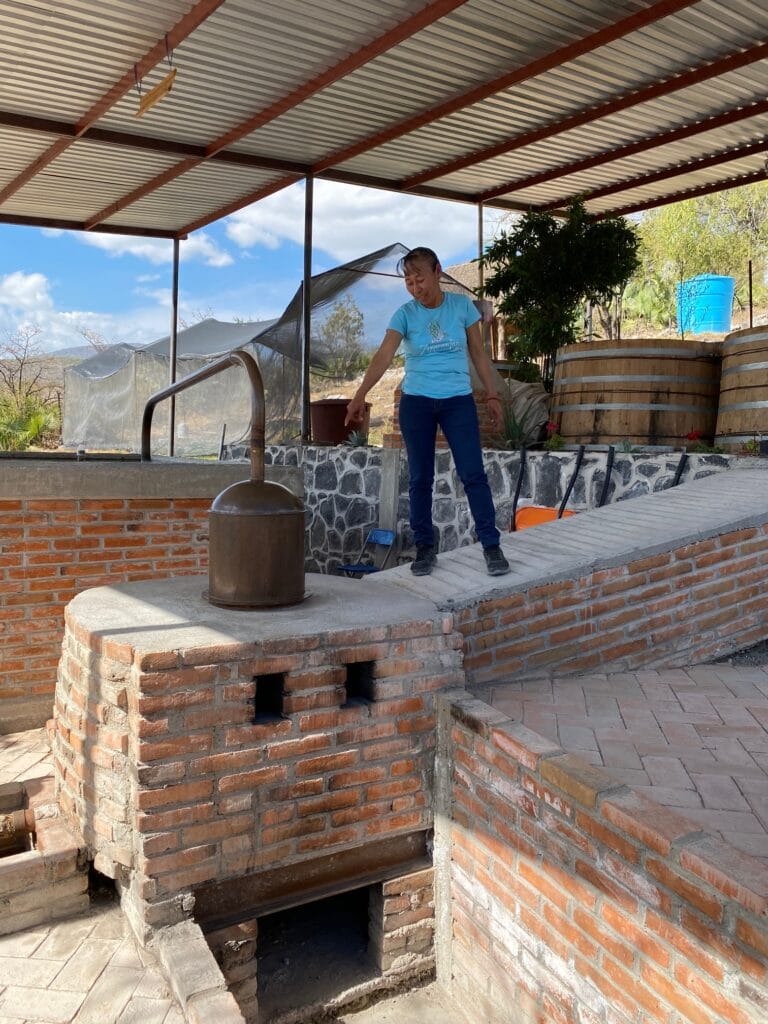
In Guerrero, Mariana San Juan from Maseua Mezcal told me that her grandfather had a vinata but stopped producing mezcal after a water shortage over fifty years ago. So he moved to the neighboring village of Xulchuchiu, where he began working as a “mediero”. He provided some maguey to the producing vinatas, and together they made mezcal, sharing the production equally. Although Maseua is not formally a cooperative, the work is cooperative and common in the communities of that region of Guerrero. After the grandfather’s passing, which left a piece of land with maguey, Mariana resumed collaboration with family friends like the maestros Jesús Patricio and Victoria García -who passed away last year. She considers the classifications defined by the NOM of industrial, artisanal and ancestral mezcal as being created upon a market necessity. Their region is known for clay pot distillation, even though the size of the pots have changed, they have tried to keep them as similar as possible to the traditional ones. Despite proposals to switch to copper stills, the maestros mezcaleros have refused.


These different experiences from producers exemplify what Karla González, chef and student of the Higher Food Studies program at the Université du Québec à Montréal, shared with me: “Traditions are built from the present, always with a particular reading and interpretation of the past that adapts to the historical moment in which they are produced, with the clear aim of enduring and defining the future.” She adds that when we talk about culture, nothing remains static since static traditions die and become part of history. Also, “cultural creativity plays a fundamental role in the conservation, transformation, and transmission of those traditions that have ancient roots. Other traditions may be new, but they are still considered traditions according to the community that carries them.”
Tradition in the kitchen
Last year, I took a diploma course at the National School of Anthropology and History titled “Cooking and Food Culture of Mexico,” which provided me the opportunity to view Mexico through the eyes of those living in different regions within the country. I learned to understand, from an anthropological perspective, what culture is and how it is defined by the foods that grow in our environment and by the ways we consume them.
For my final project, I focused on documenting everyday food, choosing one of my favorite dishes: mole de olla. As I have shared in other stories, my Aunt Petra has been an important reference for traditional family cooking, and her recipe became my primary subject of study for this project. One weekend, I moved in with her, accompanied her to the market to select the ingredients, and sat with her to chop and replicate each step of her oral recipe, which was imprecise in quantities but precise in dedication. She told me that her mole de olla includes beef shank or chambarete, but after moving from Mexico City to Emiliano Zapata in Morelos, they saw in a local eatery that it was served with espinazo or pork backbone, used specifically to make hearty stews. This, along with her son Enrique’s dislike for chambarete, convinced her to adapt her recipe.
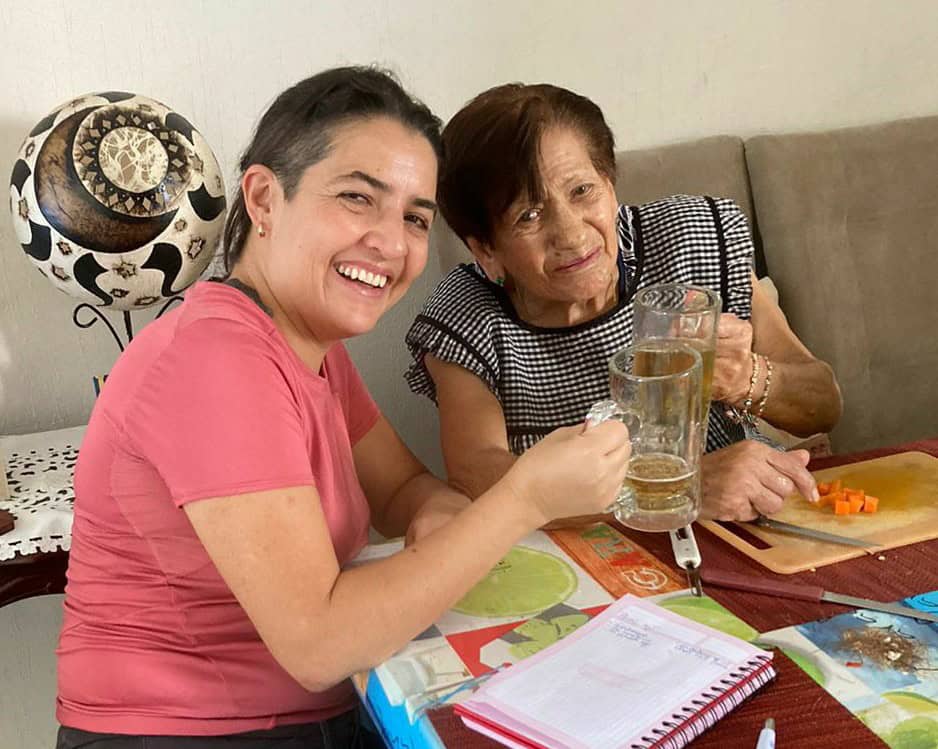

In the Encyclopedic Dictionary of Mexican Gastronomy, researcher Ricardo Muñoz Zurita explains, “mole de olla is a beef broth with various chiles and vegetables. It usually uses beef with bone, such as chambarete, but pork is also used. The common ingredient among the existing variants is the use of some type of dried chile to season or color the broth.The most common vegetables are green beans, corn, chayote, zucchini, potatoes, and xoconostle.” In this definition, he describes it as a typical dish of Mexico City and the central region of the country, which means variants can be found in other areas such as Estado de México, Hidalgo, Morelos, Puebla, San Luis Potosí, and Tlaxcala.
To explore this further, I conducted a quick survey in my family chat to gather their opinions on mole de olla. Interestingly, one family member from Monterrey expressed that she did not understand the concept and mentioned that what is considered mole de olla in Mexico City is a kind of beef stew known to her as puchero. Another cousin felt tempted after reading the text messages and asked her mother to cook one for her, while yet another cousin ordered one from a place called “La Casa de los Abuelos.” Below are photos of the moles, with common identifiable details being the corn, carrots, zucchini, and even chayote squash. What varies is the color of the broth, the texture, and likely, the flavor. But most importantly, each recipe corresponds to the flavors that each person recognizes as traditional to their family or the closest to it.



What is this anything to do with the discussion about mezcal, tradition and Mexican identity? Very similar to what happens to mezcal, the understanding of a dish such as a mole de olla varies significantly according not only to the region where it is made but also to the recipe of the family that makes it. As Ricardo Muñoz Zurita explains, the reference to “mole” can generate confusion among residents of the north and south of the country. This is because the term often evokes the texture and appearance of mole poblano, leading to differing interpretations of what constitutes mole in various regions. A generalized concept of mezcal is that it’s stronger and smokier than tequila, an idea that limits the diverse culinary traditions and cultural contexts throughout Mexico.
A constant balance
These conversations are vital in understanding the complexity of tradition within the context of mezcal production. They challenge us to reconsider our definitions of heritage and authenticity, particularly in a globalized world where traditional practices are continually reinterpreted. As we delve deeper into the narratives of these producers, we will uncover the rich tapestry of experiences that shape the evolving tradition of mezcal, highlighting the delicate balance between preserving cultural identity and adapting to the demands of modern society.
In a recent Mezcalistas newsletter, Susan Coss noted the complexities of defining agave spirits, emphasizing the need to clearly articulate the term “traditional” before it becomes another vague and ubiquitous buzzword. The diversity in production methods and philosophies among communities suggests that a one-size-fits-all definition is not only inaccurate but also reductive. As also indicated by MILPA, a group of scholars and producers, there is an impending necessity for a reconfiguration of the NOM, or regulatory framework, to consider the natural distribution of agaves alongside the rich cultural practices inherent to each region.
As the market for agave distillates continues to grow, the challenge lies in balancing tradition with modernity. Producers must navigate the fine line between upholding ancestral practices and adapting to contemporary demands. Events and festivals play a crucial role in showcasing this balance, offering a platform for producers to share their unique approaches and educate consumers so they can make the most informed decisions.
Just as in the kitchen, where recipes evolve and adapt to personal and familial contexts, so too does mezcal reflect the living traditions of the communities that create it. Both food and mezcal are reflections of Mexican identity, culture, and history, demonstrating that tradition is not an absolute concept but a dynamic and subjective journey shaped by time, space, and the values of each family and community.


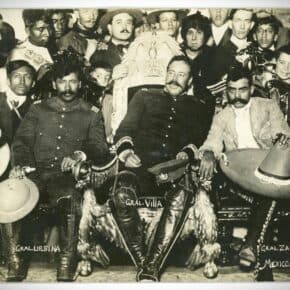









Leave a Comment